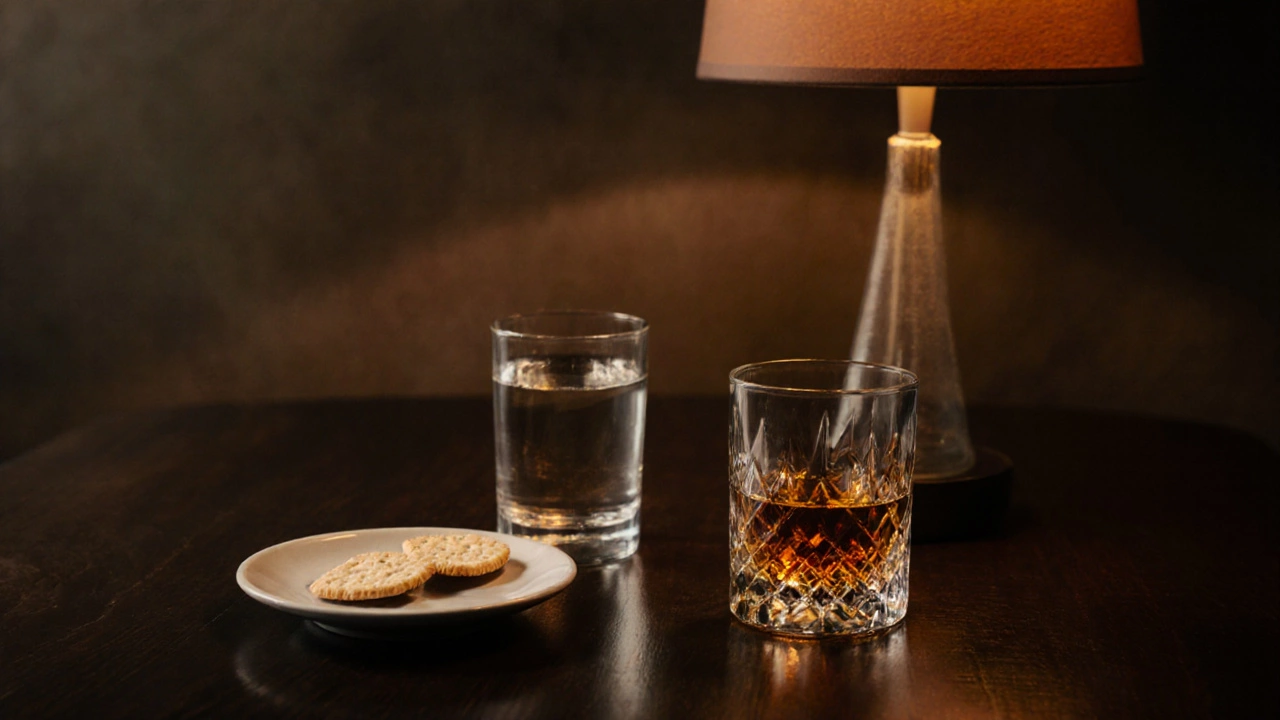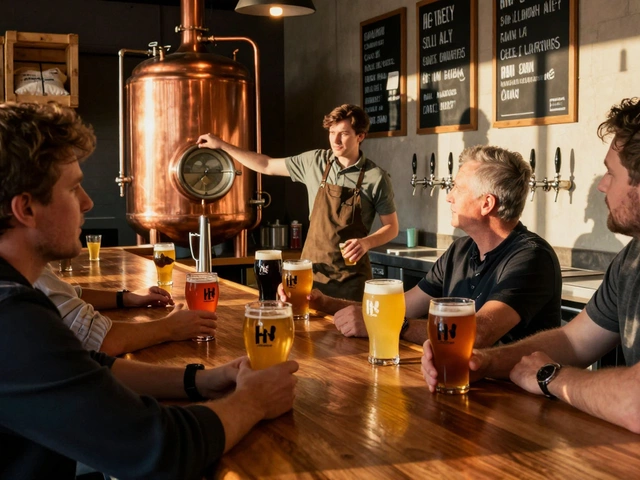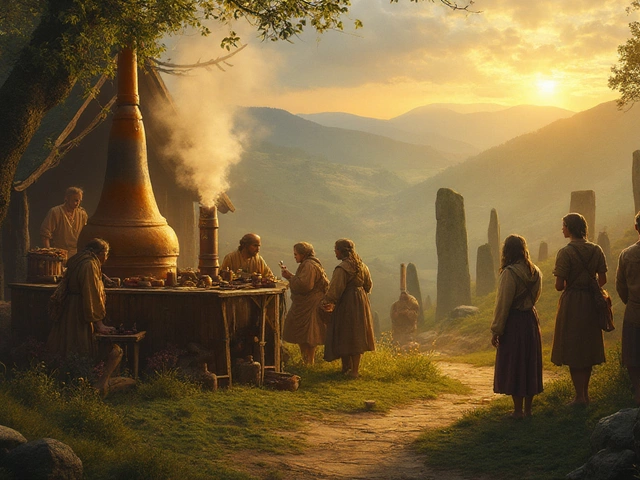tasting schedule
When planning a tasting schedule, you’re creating a roadmap that tells you when to sip, what to sip, and how to keep your palate sharp. tasting schedule, a structured timeline for sampling drinks, whether it’s wine, whiskey, coffee or mocktails. Also called a drinking itinerary, it prevents palate fatigue and helps you get the most out of each experience. A good schedule encompasses wine tasting, the practice of evaluating wine’s look, smell, taste and finish at set intervals, whiskey tasting, a step‑by‑step approach to smell, sip and note the spirit’s character and coffee cupping, a systematic tasting method used to compare aroma, flavor and body of brewed coffee. By linking these activities in one timetable, you create a logical flow that lets each drink shine without overwhelming your senses.
How to build a practical tasting schedule
Start with the basics: pick a day, set a start time and decide how many sessions you can handle. Most enthusiasts find two‑hour windows work best—long enough for a thorough nose and palate work, short enough to stay focused. Next, choose your palate cleanser, a mild, neutral item like water, plain crackers or a slice of fruit that resets your taste buds between drinks. Cleaners are the glue that holds a schedule together; without them, flavors blend and you lose the ability to compare. Then, line up your drinks by intensity: start light (white wine or a delicate coffee) and finish heavy (full‑bodied red, smoky whiskey). This order matches the natural progression of taste receptors and avoids early palate overload. When it comes to tools, the right glassware, specific shapes that enhance aroma and control pour for each beverage type is a game‑changer. A white‑wine glass with a narrow rim channels fruity notes, while a whiskey tumbler with a wide mouth lets the spirit breathe. Pair each drink with the appropriate glass and note the difference—this tiny tweak often reveals hidden layers. Don’t forget to log your observations. A simple notebook or a phone app can capture aroma descriptors, temperature, and mood. Over time, this data transforms a random tasting into a personal learning curve. Finally, factor in food and environment. Light snacks (cheese, nuts, dark chocolate) can amplify flavors when timed right after a sip. Also, lighting matters: bright daylight highlights color, while dimmer settings let aroma take the lead. By aligning food, light, temperature and glassware within your schedule, you create a multi‑sensory experience that feels like a curated event rather than a casual gulp.
Trends are pushing tasting schedules beyond alcohol, too. The surge in mocktail, non‑alcoholic cocktails that replicate the complexity of spirits using herbs, bitters and fresh juices means many planners now slot sober sessions between alcoholic ones to keep the palate fresh and the night inclusive. Some even design a “recovery block” after a whiskey round, featuring a light soda or infused water to hydrate and settle the senses. This balanced approach reflects a modern, health‑conscious mindset while still celebrating flavor. Below you’ll find a curated collection of posts that dive deeper into each of these elements—wine glass selection, whiskey etiquette, coffee cupping tips, mocktail recipes, and more. Use the insights to fine‑tune your own tasting schedule and turn every sip into a memorable discovery.
Learn the ideal foods and palate cleansers to enjoy between whisky tastings, from water and crackers to cheese and nuts, plus tips on timing, pairing, and common mistakes.
View Details

